
Helm deep from the lord of the ring
The rocks
In this chapter I will show you how I made the fake rocks that will be applied later. There are several methods to get a realistic effect, I used one that costs little and produces a good result. First of all, get some plaster for decorations or powdered putty, a tablespoon, a little water, a large container and a roll of aluminum paper (the usual pva should not be missing). Start by spreading a little pva evenly on the aluminum foil, then fold the foil in two and let the glue dry.
When the glue is dry, make rectangles of different sizes from the aluminum foil. For each rectangle you get, fold the edge 1 or 2 cm towards the center, so that the new edge you get is thicker and stronger than before. Now wrinkle the aluminum rectangle (DO NOT WALL IT UP) and re-spread the sheet on your work surface. This step is important to achieve the rock effect we want. At this point try to obtain a kind of tub, making sure that the edges are high enough and that the tub made does not swing.
Now take the container and mix the plaster (or putty powder) with water in a ratio of 10 ml of water for each tablespoon of plaster (if you use the plaster powder, after you have formed the mixture with the ratio that I indicated, add a few tablespoons of powdered putty). Pour the mixture into the aluminum mold you made previously; the amount of mixture to be poured is subjective, it depends on how thick you want your rock to be. At this point, tap your hand several times on the work surface in order to make it jump, the vibrations will bring out any bubbles that have formed while pouring the mixture.
Let everything dry without moving the mold. Once dry, unfold the aluminum mold and take out your fake rock. I advise you to wait at least 24 hours before using the rock, in order to be sure that it is absolutely dry. In some cases I had to wait 72 hours, 48 in the mold and 24 outside to air dry. The signal that indicates that the rock is ready to be used is that when it is beaten with a fingernail the sound it must produce must resemble that of a ceramic plate beaten with a fingernail.
Thanks to this method you will be able to make more rocks at a time, cutting the waiting time.
The following is an example of the result obtained with these rocks.
See you next update!









































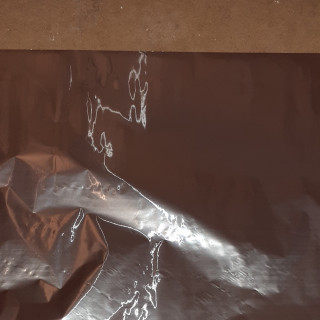

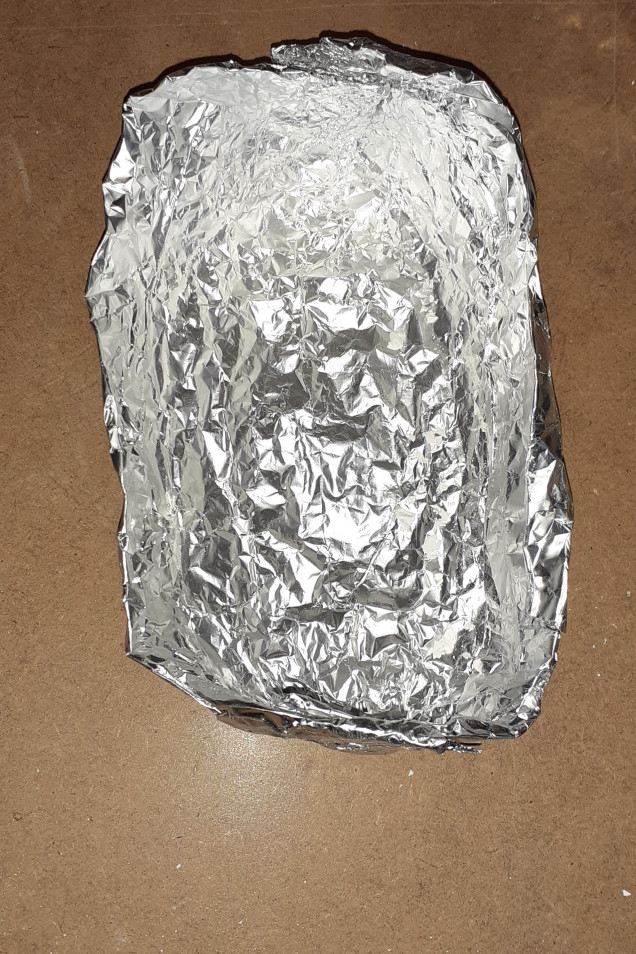
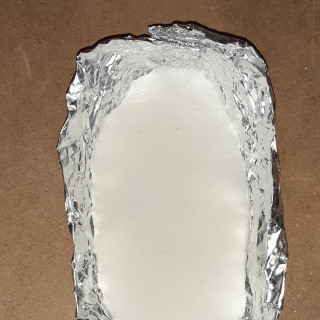

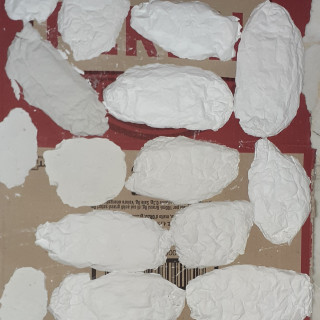
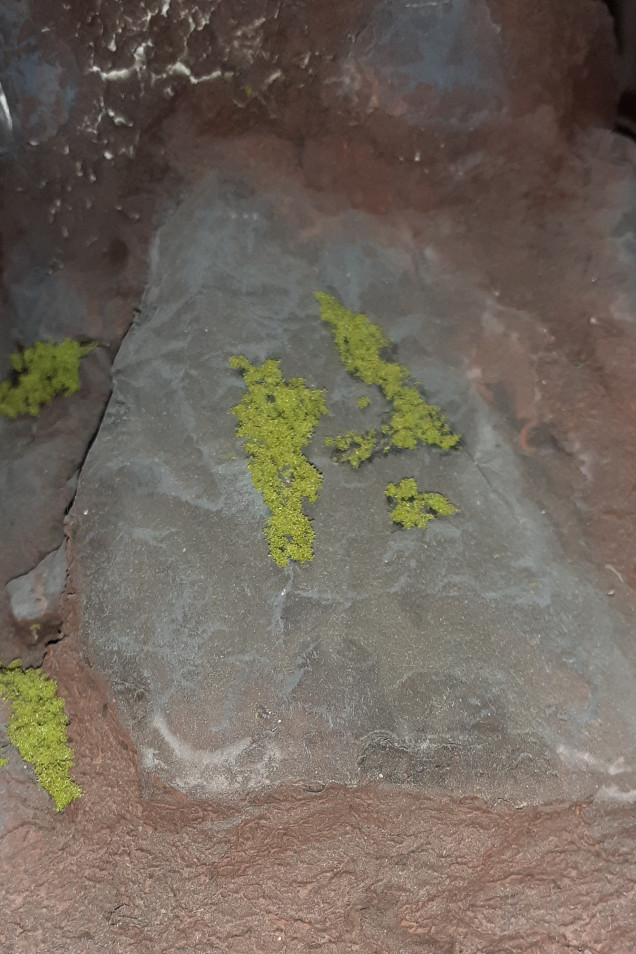

































Leave a Reply